 There’s no question that 4K is quickly becoming the standard resolution for entertainment and gaming. With more streaming content and gaming available in 4K UHD and 4K televisions coming down in price, more homes are adopting the technology. Thankfully, 4K UHD home theatre projectors are also coming down in price and are becoming more affordable for those who have big screen setups in their homes. Our Optoma UHD65 review takes a look at one of a few different UHD projectors offered by the company to see how it performs and stacks up against other 4K projectors we’ve reviewed in the past.
There’s no question that 4K is quickly becoming the standard resolution for entertainment and gaming. With more streaming content and gaming available in 4K UHD and 4K televisions coming down in price, more homes are adopting the technology. Thankfully, 4K UHD home theatre projectors are also coming down in price and are becoming more affordable for those who have big screen setups in their homes. Our Optoma UHD65 review takes a look at one of a few different UHD projectors offered by the company to see how it performs and stacks up against other 4K projectors we’ve reviewed in the past.
Specifications
The Optoma UHD65 4K UHD projector has the following specifications:
- Display Technology: DLP
- Resolution: UHD (3840×2160)
- Brightness: 2200 ANSI Lumens
- Contrast Ratio: Up to 1,200,000:1 with Dynamic Black
- Lamp Life Dynamic/Eco/Bright: 15000/10000/4000 (hrs)
- Throw Ratio: 1.39 – 2.22 (with tolerance +/- 5%)
- Zoom Type: 1.6x Manual
- Lens Shift: Vertical: +15%
- I/O Connectors: HDMI 1.4a, HDMI 2.0 (w/ HDCP 2.2, MHL 2.1 and Full 18Gbps), VGA-In, Audio-In (3.5mm), Audio-Out, SPDIF Out (Optical), USB 2.0 Port (Service), USB-A Power, RJ45, RS232C, 12V Trigger
- Audio: 2x 4W Stereo Speakers
- Aspect Ratio: 16:9 (native), 4:3, Auto, LBX (2160p and 1080p)
- Projection Screen Size: 26.45″ – 302.2″ (0.67 – 7.68m)
- Diagonal: 16:9
- Projection Distance: 26.45” – 302.2” (26.45” to 140” optimal image size)
- Projection Lens: F=2.5~3.26; f=20.91~32.62mm
- Uniformity: 85%
- Maximum Resolution: 4K 4096×2160 @ 60Hz with XPR Technology
- Computer Compatibility: UHD, WQHD, WUXGA, FHD, UXGA, SXGA, WXGA, HD, XGA, SVGA, VGA, Mac
- Video Compatibility: 480i/p, 576i/p, 720p(50/60Hz), 1080i(50/60Hz), 1080p(24/50/60Hz), 2160p(24/50/60Hz)
- Horizontal Scan Rate: 31K ~135KHz
- Vertical Scan Rate: 24Hz ~120Hz
- Displayable Colors: 1073.4 Million
- Noise Level (Eco mode): 28/25dB (Bright/ECO)
- Power Supply: AC input 100–240V, 50–60Hz, auto-switching
- Power Consumption: 317W Typical (Bright mode), 348W Max (Bright mode), 259W Typical (Eco mode), 285W Max (Eco mode)
- Lamp Type: 240W
- Operating Conditions: 305W Bright mode / 249W Eco mode (< 0.5W Standby)
- Security: Security bar, Kensington lock
- On-Screen Display Languages: English, Español, Français, Deutsch, Português, Italiano, Русский, 簡体中文, 日本語, 한국어
- Remote Control: Full Function Home Remote Control
- Standard Accessories: AC power cord, remote control, 2x AA batteries, Basic user manual
- Optional Accessories: Ceiling mount
- Optional Wireless: No
- RoHS Compliant
- Projection method: Front, rear, ceiling mount, table top
- Warranty: 3 Year Optoma Express Warranty
- Dimensions (W x D x H): 19.6” x 6” x 13”
- Weight: 16 lbs (7.26 kg)
What’s in the box
- Optoma UHD65 4K UHD projector
- Power cable
- HDMI cable
- Remote control
- 2x AA batteries
- User manual
Design
The Optoma UHD65 4K UHD projector has a pretty standard shape as far as projectors go. Rectangular in shape, the UHD65 is black. The lens with focus ring is centered on the front of the projector.
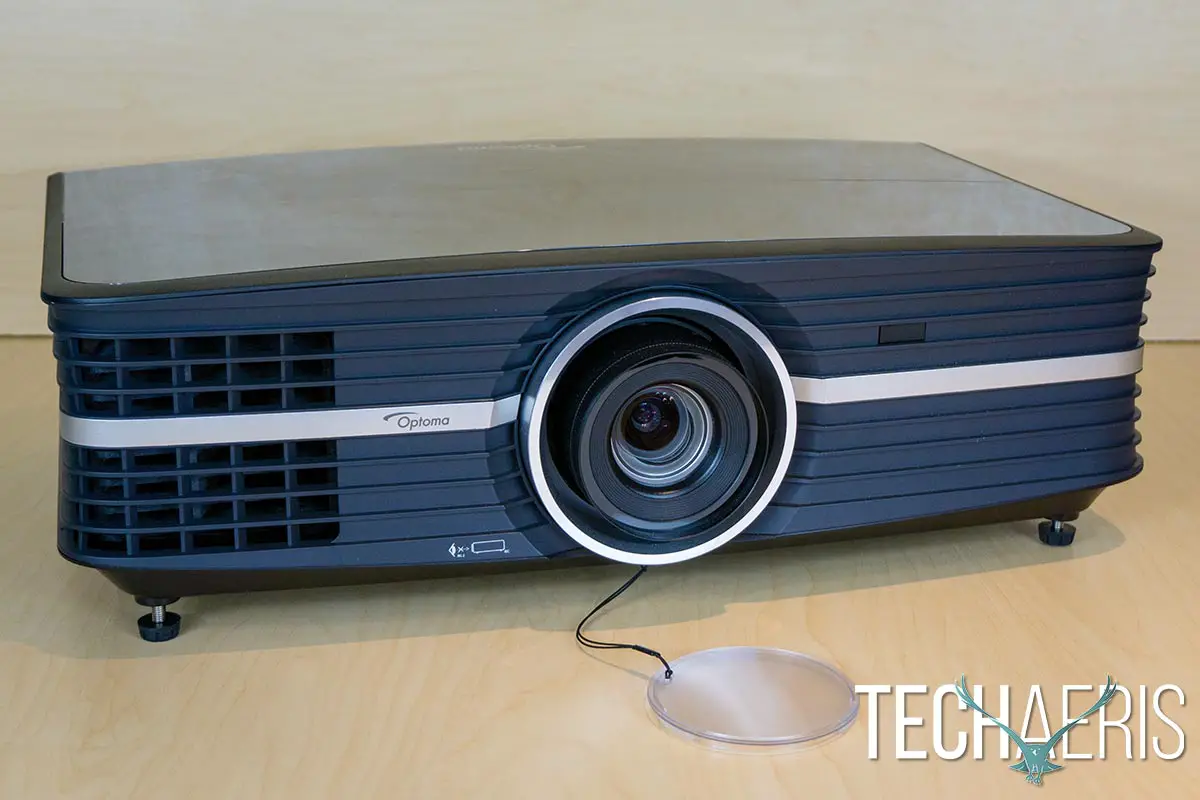
The top of the projector has a slit running lengthwise down the center. Pushing lightly on the front portion of this near the slit and the top half of the front pops open. Under this panel is where the zoom and lens shift are located. The vertical lens shift is a fantastic option as it gives you a bit more leeway during setup and makes it easier to adjust your picture for your screen setup. At first, it seemed a bit odd that the controls are under a panel, but if you are ceiling mounting the projector, it gives the installation a nice clean look with these controls hidden.
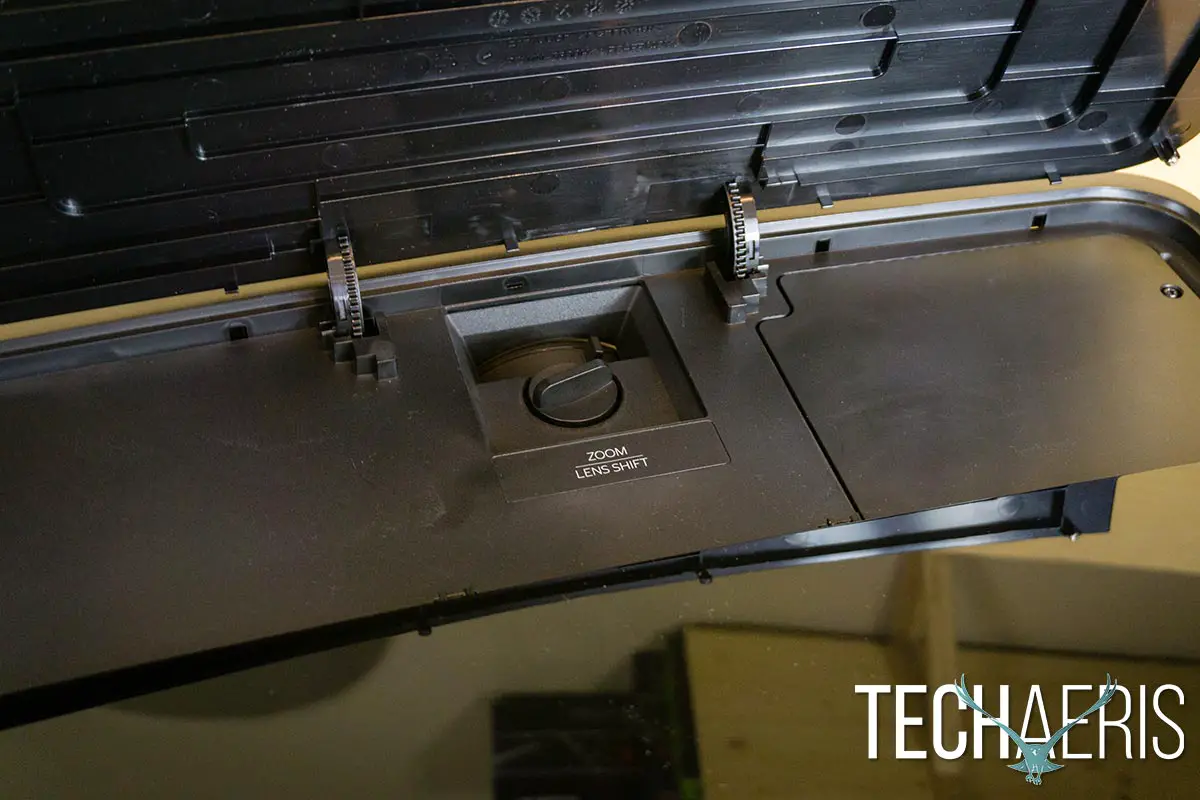
On the left side of the projector (while facing the lens) is where the menu panel is located. The menu panel consists of the power button and input source button inset in the silver strip. To the right of these are two LEDs for lamp and temperature warnings. Above the two main buttons is a group of six buttons (two rows of three) for menu, up, enter, left, down, and right for navigation the on-screen menu. The right side features slats for venting. A silver strip wraps around the left side, front, and right side.
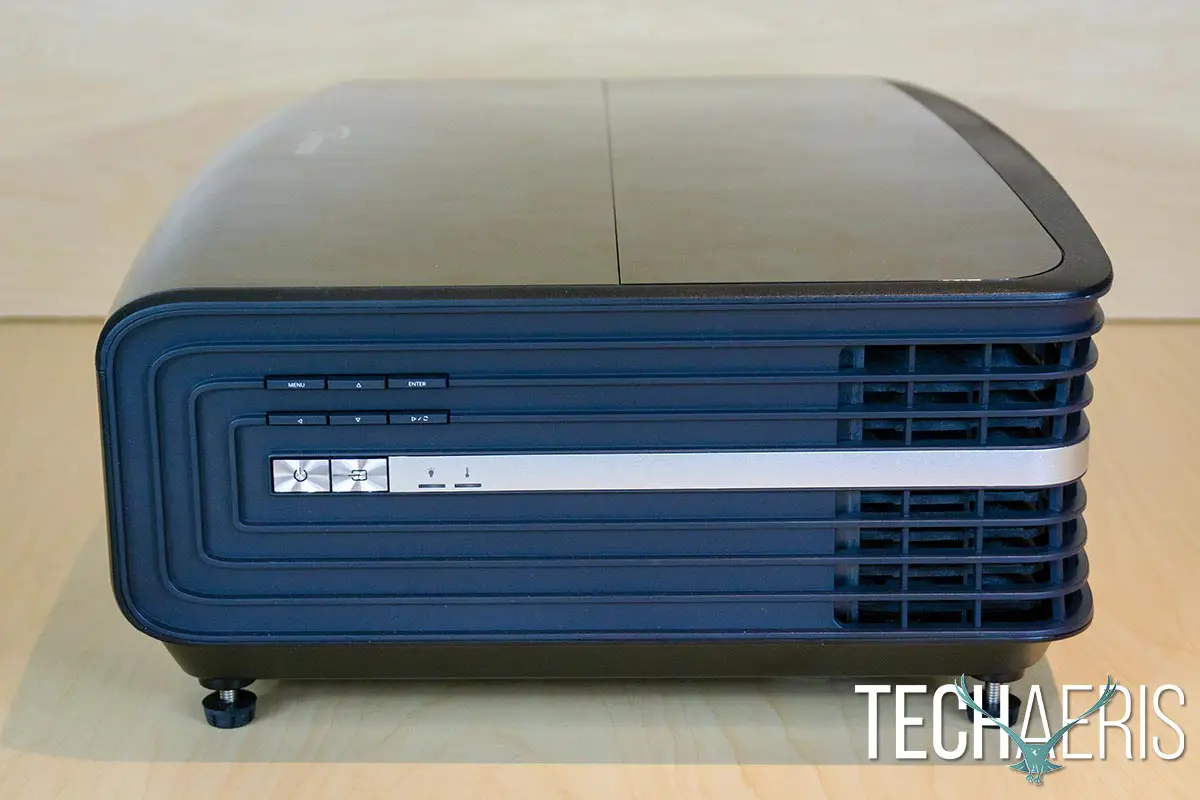
The back of the UHD65 is where the connection ports are located. From left to right (when facing the back of the projector) are the power, RJ-45, RS232, HDMI 1, HDMI 2 with HDCP 2.2/MHL, VGA, 3.5mm audio in, 3.5mm audio out, USB power out, 3.5mm 12V out, USB service, and S/PDIF ports.
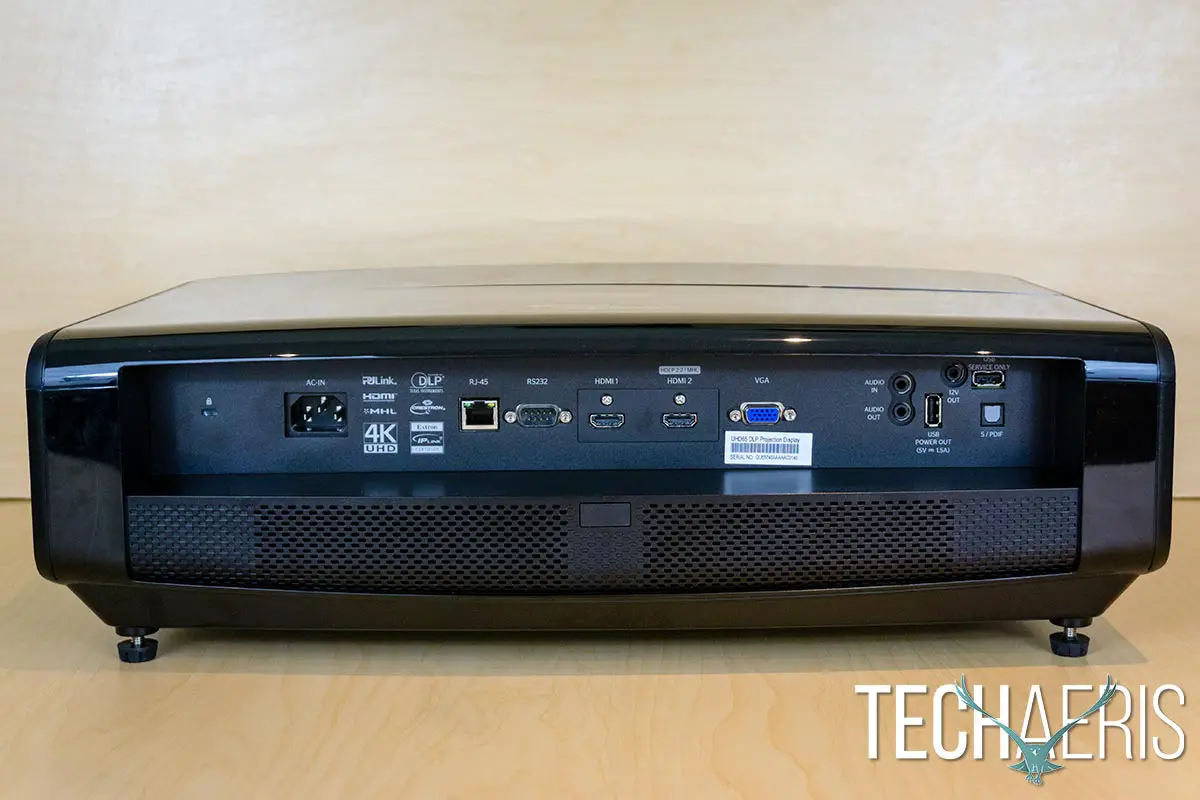
Finally, there’s not much to the bottom of the projector aside from the four ceiling mount holes and four adjustable feet for use on a table or shelf.
The remote is pretty much standard fare and has back-lit buttons for all the basic functions you’d need quick access to. Aside from direct menu access, other buttons located on the remote let you toggle or adjust brightness, contrast, mode, keystone, aspect ratio, volume, dynamic black setting, and sleep timer as well as select your input source.
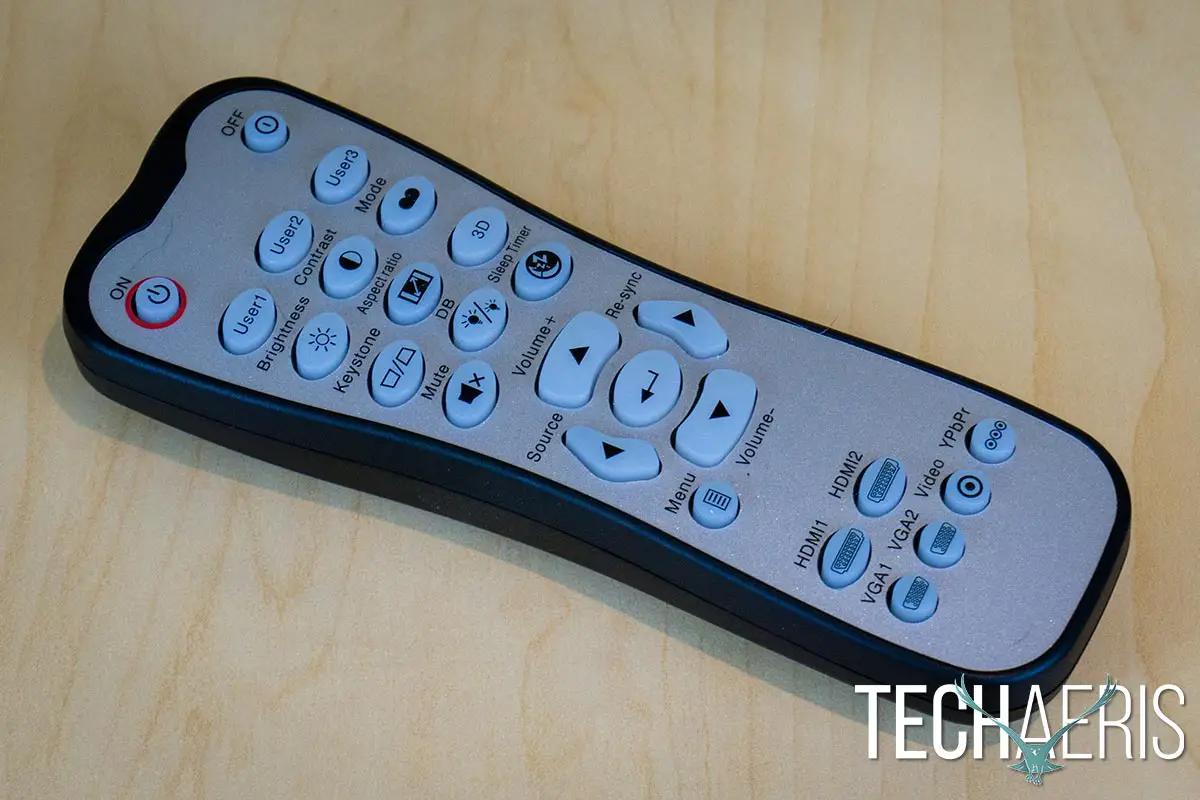
Display
With 4K UHD resolution, viewers expect a crisp, clear, sharp image and with the Optoma UHD65, that’s exactly what you get. We tested the UHD65 on a 106″ screen and not only was the image crisp and clear, the colours were fantastic thanks to the RGBRGB colour wheel capable of reproducing the Rec.709 colour gamut. In addition, Optoma’s PureMotion frame-interpolation processing does a great job of eliminating motion blur and makes for not only a smooth viewing experience but also a smooth 4K HDR gaming experience on the Xbox One X.
As with any TV or projector, there’s bound to be a number of menu options to help further customize the picture output. The same holds true here and the on-screen menu (which is accessible from the remote or the menu panel on the projector) has a number of different settings and options. These include setting the display mode, wall/screen color, brightness, contrast, UltraDetail, Dynamic Black, PureEngine, edge mask, digital zoom, and many more. Given the number of settings which are easily accessible and easy to find, with a bit of time you can fine tune the display output to your liking.
Part and parcel with an enjoyable 4K viewing experience is HDR — high dynamic range. The UHD65 also supports the high-dynamic range colour gamut adding even more colour to movies and games that support it. As mentioned in previous 4K/HDR display reviews here at Techaeris, HDR is where you are going to see the most difference. HDR allows for a more dynamic range than we are used to seeing on televisions. Standard displays typically display 8-bit colours, while HDR10 (the currently supported spec) displays 10-bit colors. With HDR support and an RGBRGB colour wheel, the Optoma UHD65 definitely puts out a fantastic picture.
Another feature of the UHD65 is SDR to HDR conversion. While not all content currently outputs in HDR, when enabled this extra feature does a decent job of brightening and expanding the colour range of non-HDR content for a better viewing experience.
As mentioned in a previous 4K projector review, when it comes to 4K projectors, it can be quite confusing as to what exactly you are getting. The UHD65 throws a very crisp, clear, and easily adjustable image. However, in the case of this projector and others that use the same chip, the Texas Instruments 0.66-inch XPR chip it uses has 4.1 million mirrors and using a diagonal pixel shift can achieve 8.3 million pixels for a 3840×2160 output. So by having each mirror responsible for more than one pixel, it is still producing a 4K UHD image. Given that there aren’t currently any 3840x2160p DLP arrays currently available, companies are getting creative with existing ones to create a 4K output.
With the other projector we recently reviewed with the same chip, I and others noticed what can be easily described as a screen door effect. Fortunately, it wasn’t something that I encountered with this one and I was actively looking for it as it uses the same chip. Another thing to note with DLP projectors is that some people see what is called the “Rainbow Effect.” Unfortunately, I am one of those people. Again, while it was still visible from time to time with the UHD65, it wasn’t as pronounced or visible as it has been for me with other DLP projectors.
Performance
As far as performance goes, the Optoma UHD65 projector takes about 30 seconds to fully power on and about 10-15 seconds to power off. It’s not overly loud and during our testing it was sitting on a table almost at head height a couple feet away from where we sat and the fan volume wasn’t distracting by any means.
When auto-selecting the input when switching between HDR and non-HDR content, there were a couple times when the source couldn’t be found. It was easily fixed by pressing HDMI1 input then HDMI2 input or the Re-sync button on the remote, but a nuisance nonetheless. Slightly related, the odd time the source was found, the picture had green bars running vertically on each side of the screen, but again, switching inputs and back fixed this as well. To be honest, it’s hard to say if this was a projector issue or HDMI cable issue as I only had one of proper length to test it out.
Sound Quality
While there is onboard sound on the Optoma UHD65, the pair of 4W speakers will do in a pinch but you’ll definitely want to use a home theatre setup to truly enjoy the big screen experience. The sound output from the speakers is decent and does get fairly loud and crisp, but is pretty lacking in the proper range required for movie theatre style enjoyment.
Price/Value
With an MSRP of $2,499USD, the UHD65 is very reasonably priced for what you get and compared to other 4K projectors on the market. Unfortunately, if you’re looking for one it’s only available at a few distributors which include Full Compass, ProjectorPeople.com, and Visual Apex. Even better, it looks like it’s currently on sale at those sites for $2,299 at the time of this review.
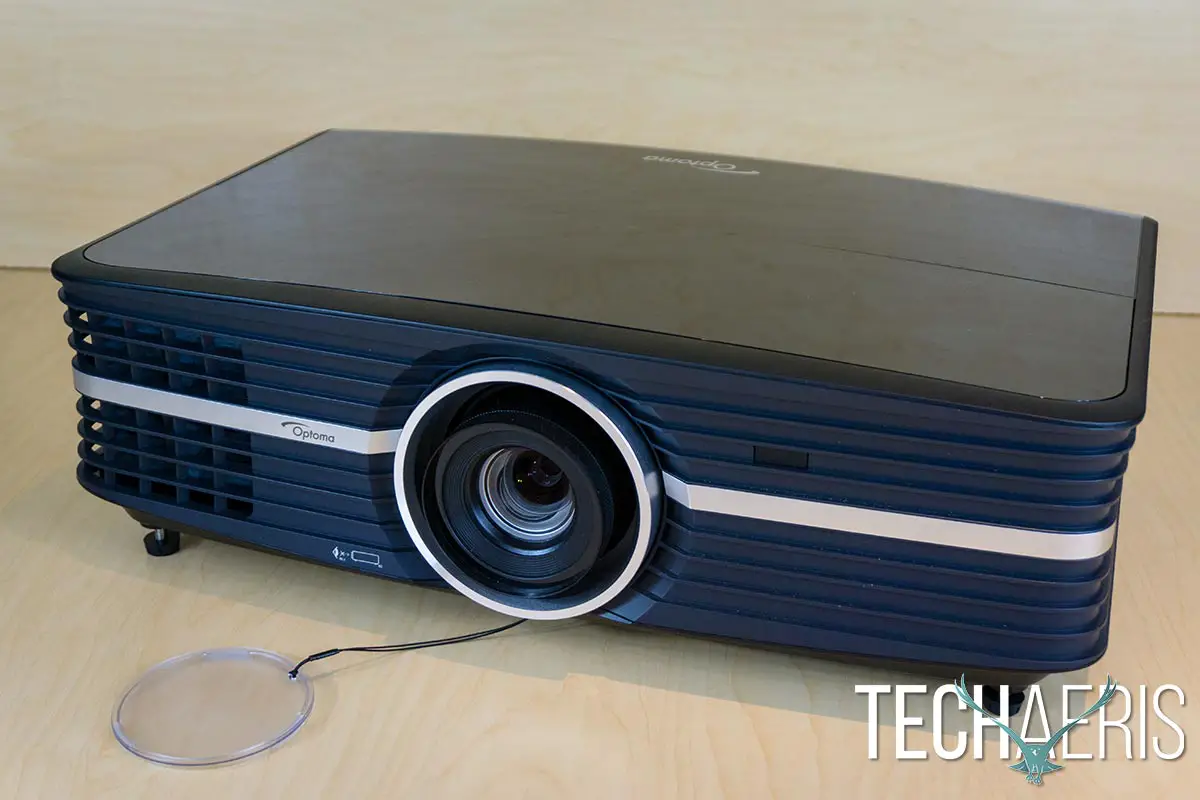
Wrap-up
The Optoma UHD65 is a fantastic 4K HDR projector with clear, crisp, bright colours. Sound aside, this projector is great for anyone who wants to watch movies or game on a large screen.
*We were sent a review unit of the Optoma UHD65 4K UHD projector for the purposes of this review.
Last Updated on January 12, 2019.


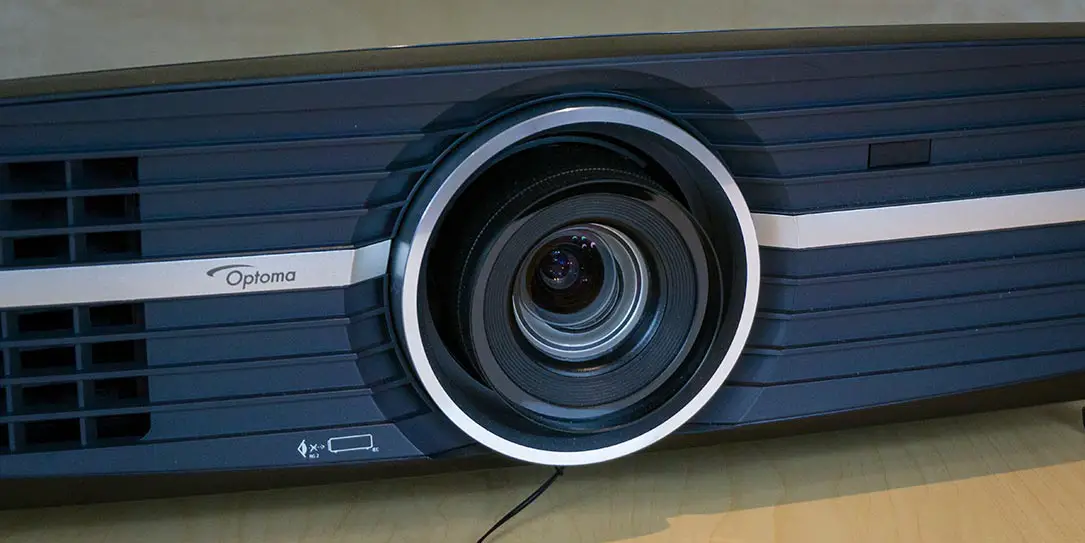
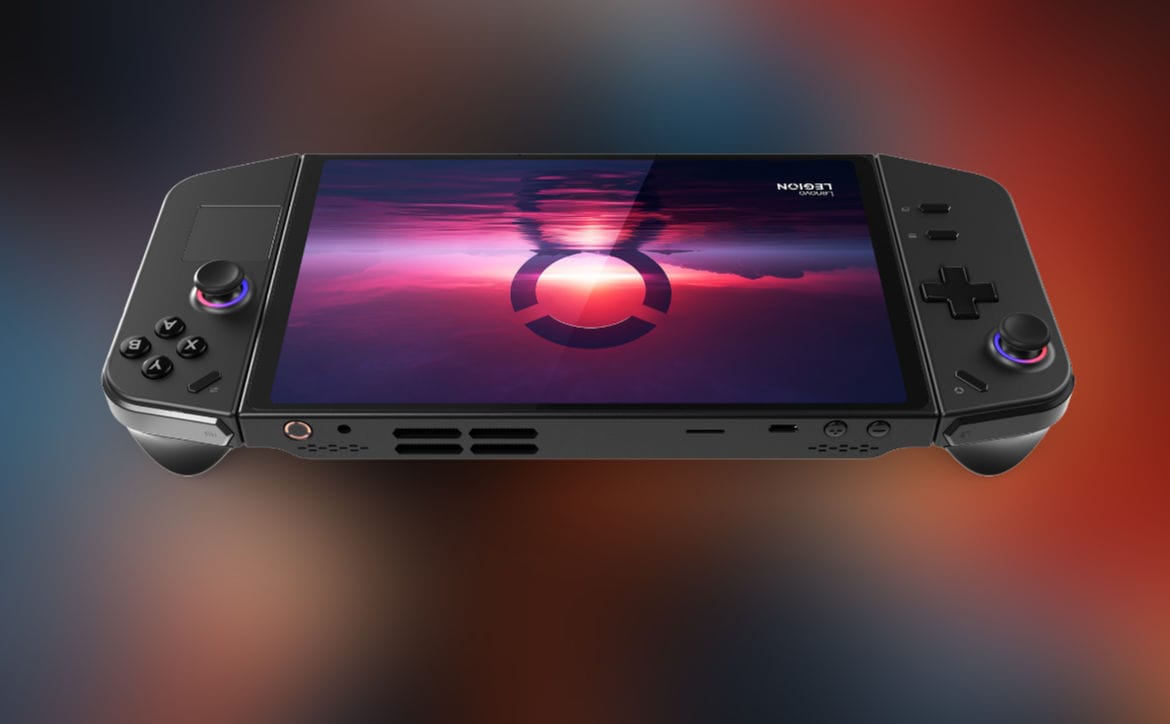

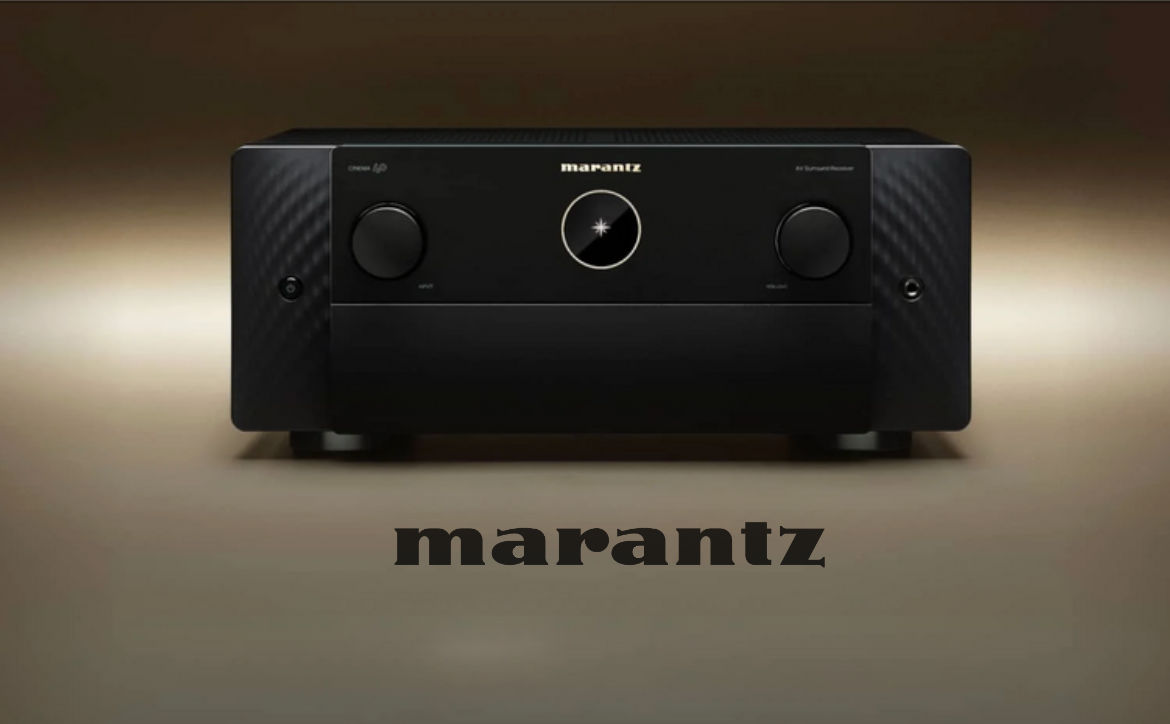


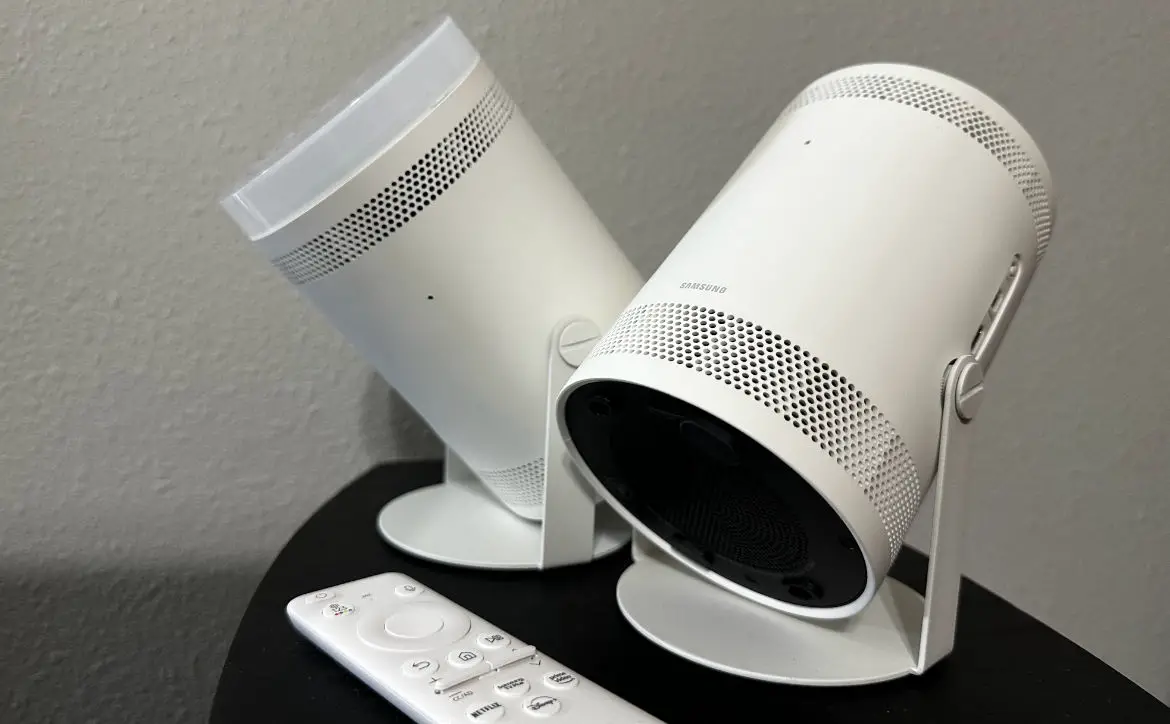
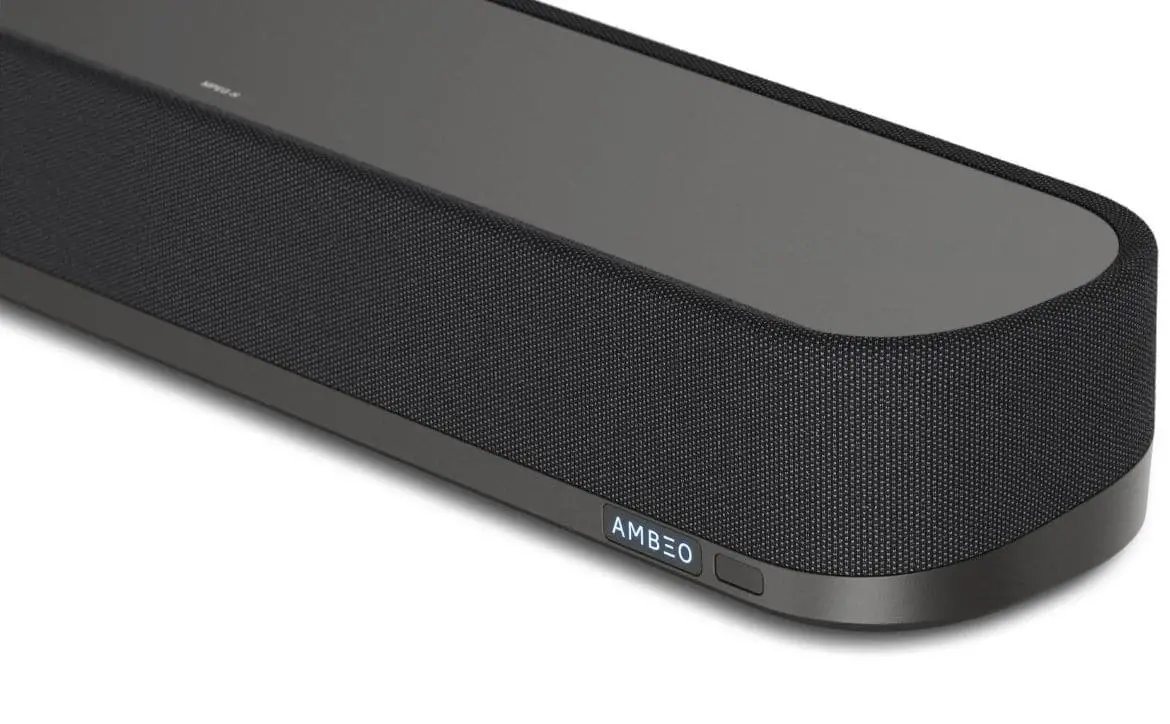

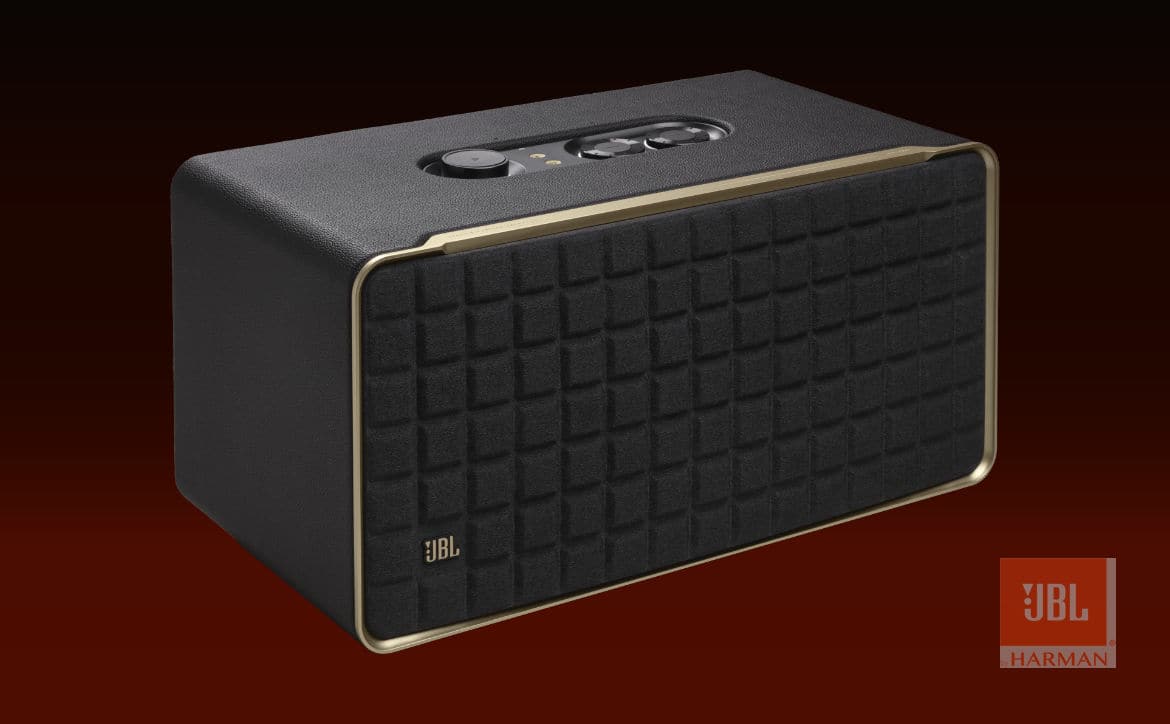
Comments are closed.